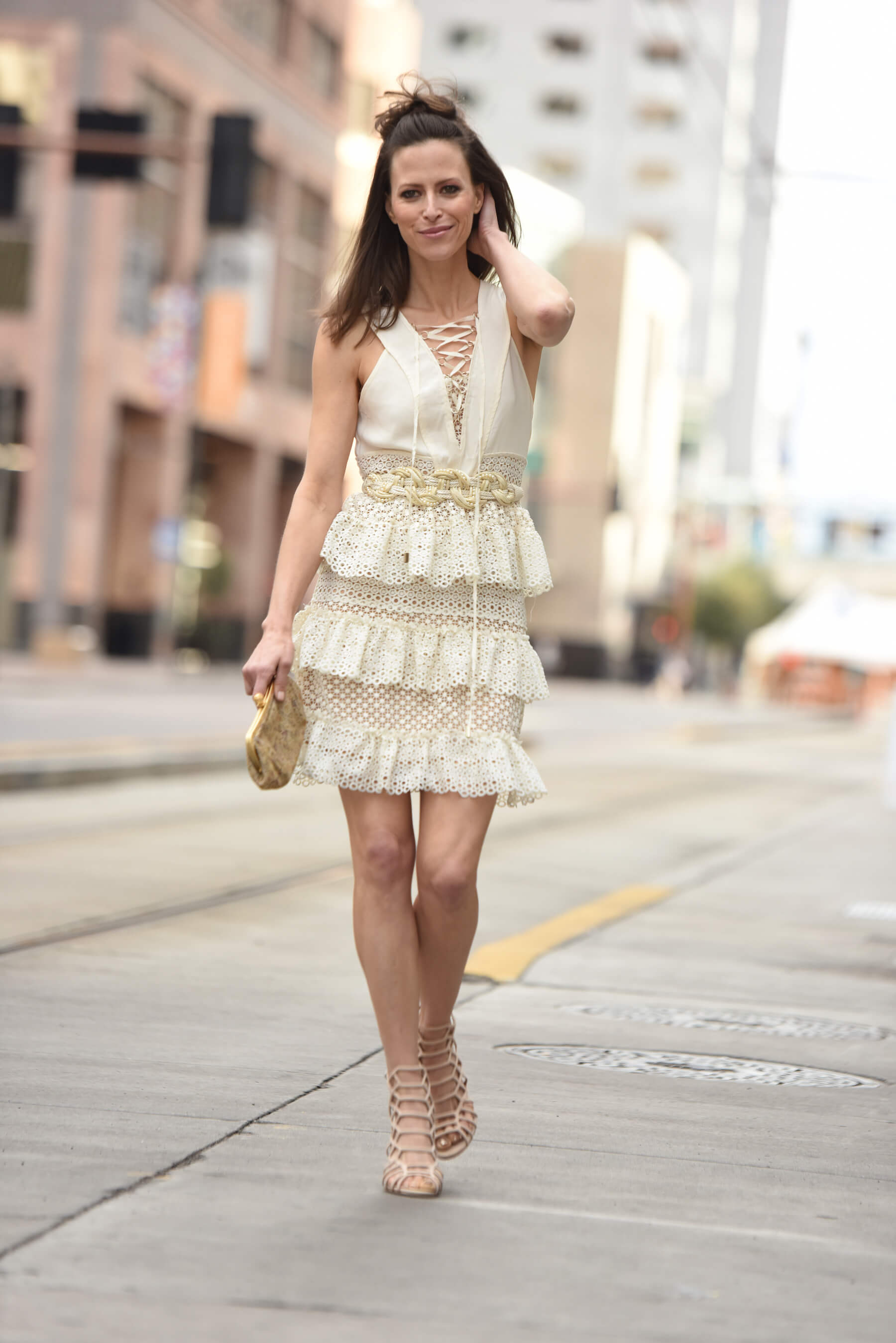
By Laura Madden
Chances are good that if you are reading Green Living Magazine you care a lot about the planet, and you are also aware that your choices affect it either positively or negatively—especially your fashion choices. The fashion industry and the environment are intimately connected.
As the demand for faster, cheaper fashion increases, the resources fashion leeches from the Earth grow scarcer. As fashion is still one of the largest polluters of the planet, we are now at a crucial point with climate change where we need to rewrite our relationship to fashion and how we consume it.
According to San Francisco non-profit Remake, it is believed that Americans dispose of about 13 million tons of textiles annually. How can we stop purchasing so much stuff that we don’t even need?
Sustainable Shopping
Here are my top three tips to get you started.
1. Shop secondhand
Secondhand shopping is one of the greatest disruptors to today’s fashion industry by decreasing the demand to produce faster, cheaper clothing.
Production follows demand; if we take away the demand, brands will eventually slow down their output. You are essentially rescuing items from eventually ending up in landfill and conserving a great deal of resources that would otherwise be used up on clothing manufacturing.
Get familiar with your local thrift, vintage and consignment stores, such as My Sister’s Closet, Well Suited, Goodwill, and White Dove. Estate sales and clothing swaps are also great resources.
2. Shop local
The closer to home we shop, the lower the carbon footprint of shipping and handling items.
Supporting local shops, makers and artists is also a more sustainable option because their goods are not mass produced, which generates a lot of unnecessary waste.
3. Natural fabrics
Natural fabrics are innately more eco-friendly than synthetics. Linen, silk, wool, alpaca, cotton, cashmere and hemp do not require the chemical processing that synthetic fibers do, which means fewer resources wasted, fewer toxic chemicals, and less pollution emitted into the environment.
It is also important to note that while most people are aware of our petroleum dependency when it comes to cars, we also have a petroleum dependency in the fashion industry. Polyester, one of the most widely used fabrics, originates from petroleum. Buy less polyester and further decrease our dependency on petroleum.
Natural fabrics are also healthier for the entire supply chain—farmers growing the crops, harvesting, milling, sewing, packaging, etc. Whatever chemicals are in our clothes are absorbed through our skin.
Natural fabrics are essentially biodegradable, and as long as they are not mixed with other fibers, they can be recycled. Newer options to look for are modal, cupro and Tencel.
I hope these three tips to shopping more sustainably will be helpful, encouraging and even fun! It’s easy to shop sustainably without sacrificing our style!
Sustainable shopping is about knowing thyself, your true style, and slowing down enough to think about the consequences of what you are consuming.
Every purchase is a vote for more of what you want to see in the world. Make your vote count—join the movement to living and shopping your way to a more sustainable world.
Laura Madden is a sustainable fashion advocate, influencer, stylist and model who reports on the intersection of style, sustainability and self-esteem on both her blog, the ReFashion Report, and various conscious style publications. Laura also serves as a global ambassador for non-profit Remake, a board member with San Francisco Fashion Community Week, and is co-founder of AZ Sustainable Fashion. For more sustainable style and shopping tips, check out www.iamlauramadden.com and follow her on Instagram @iamlauramadden.
Photos by Phyllis Lane






